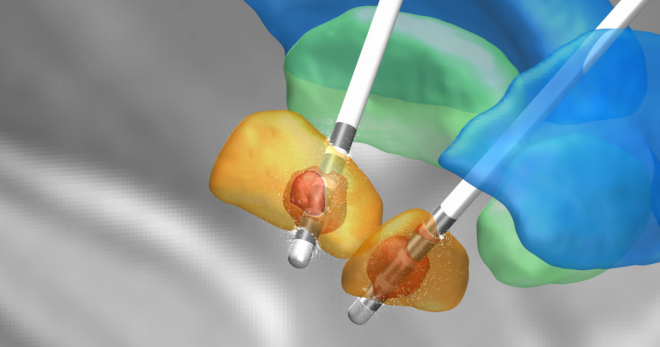
Researchers from RMIT University in Melbourne have developed a method for the early detection of Parkinson's disease. The research was published on 6 September in the journal, Frontiers in Neurology.
The method, which uses newly developed diagnostic software, has an accuracy rate of 93 percent. This research has great significance as there are no laboratory tests currently available for early detection of Parkinson's disease. Nerve cells in the brains might have already undergone severe irreversible damage by the time the symptoms appear.
"Many treatment options for Parkinson's were effective only when the disease was diagnosed early. Pushing back the point at which treatment can start is critical because we know that by the time someone starts to experience tremors or rigidity, it may already be too late", Prof. Dinesh Kumar, chief investigator of RMIT University told EurekAlert. He added, "We've long known that Parkinson's disease affects the writing and sketching abilities of patients, but efforts to translate that insight into a reliable assessment method have failed until now."
The newly developed customised software records how a person draws a spiral and analyzed the data at the same time. The only tools used for the tests are a pen, paper, and a large drawing tablet. Tasks, like writing a sentence, writing individual letters and sequence of letters and sketching an Archimedean spiral and determining spiral, are implied for the ease of participants.
Researchers have estimated that more than 10 million people around the world are suffering from Parkinson's disease. Australia accounts for 80,000 patients diagnosed with the disease. Research says that 32 persons are newly diagnosed with the disease every day in Australia. It is the second most common neurological disease in Australia after dementia. Reports say that about 20 percent of Parkinson's patients are below 50 years of age and 10 percent of them are below the age of 40.
"With this tool, we can tell whether someone has Parkinson's disease and calculate the severity of their condition, with a 93 per cent accuracy rate. While we still have more researches to do, we're hopeful that in future doctors or nurses could use our technology to regularly screen their patients for Parkinson's, as well as help those living with the disease to better manage their condition", said Prof Dinesh.
The study was conducted by a biomedical engineering research team, led by Ph.D. researcher Poonam Zham. The team specialized in e-health and the development of affordable diagnostics. Dandenong Neurology in South-east Melbourne also participated in the research, which diagnosed 62 persons with Parkinson's disease, who previously had no visible symptoms or showed half ranged symptoms from mildly to severely affected.
The researchers, however, said that they need to conduct more studies, including a longitudinal study on different demographics and examination of those patients who are not taking medication.








